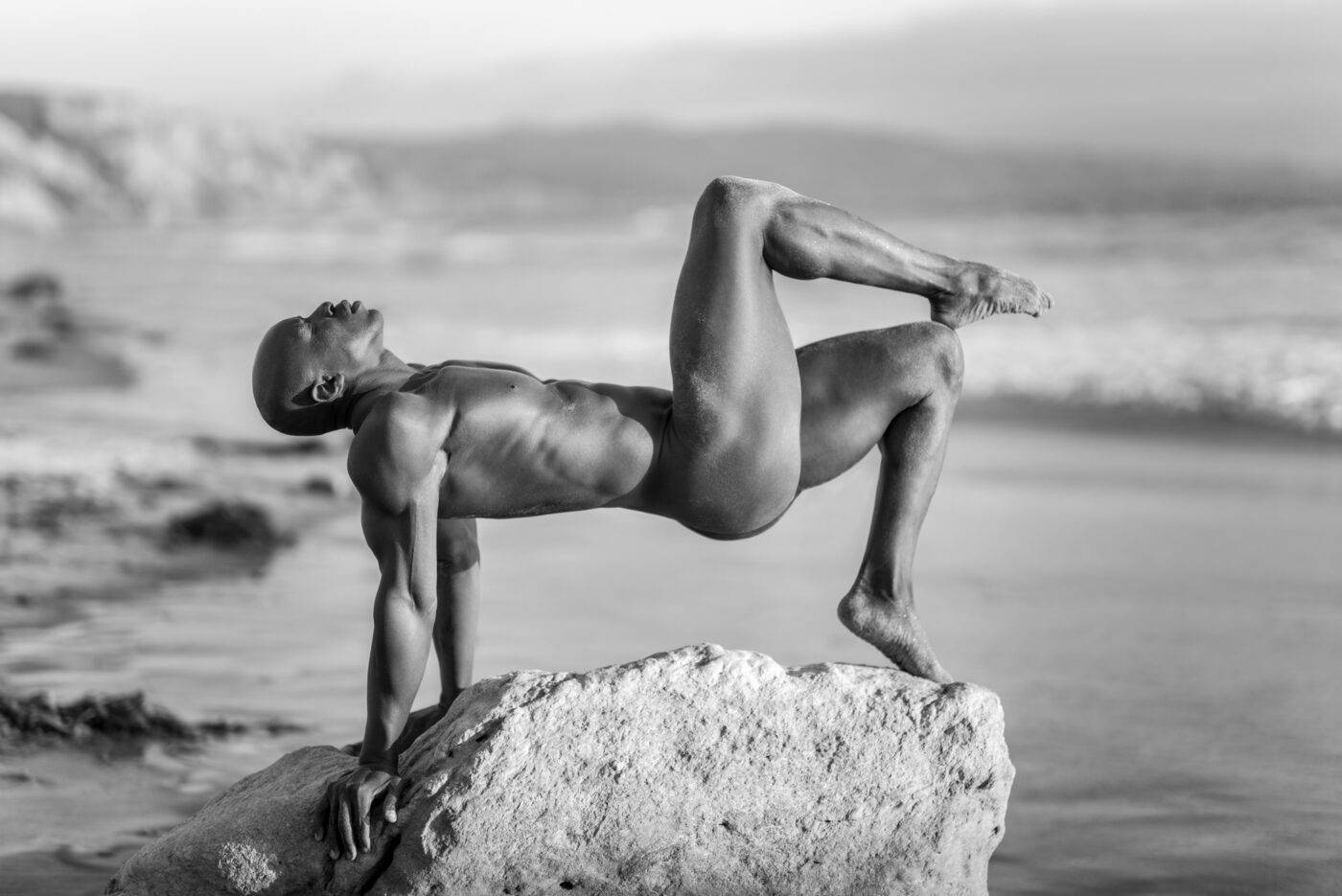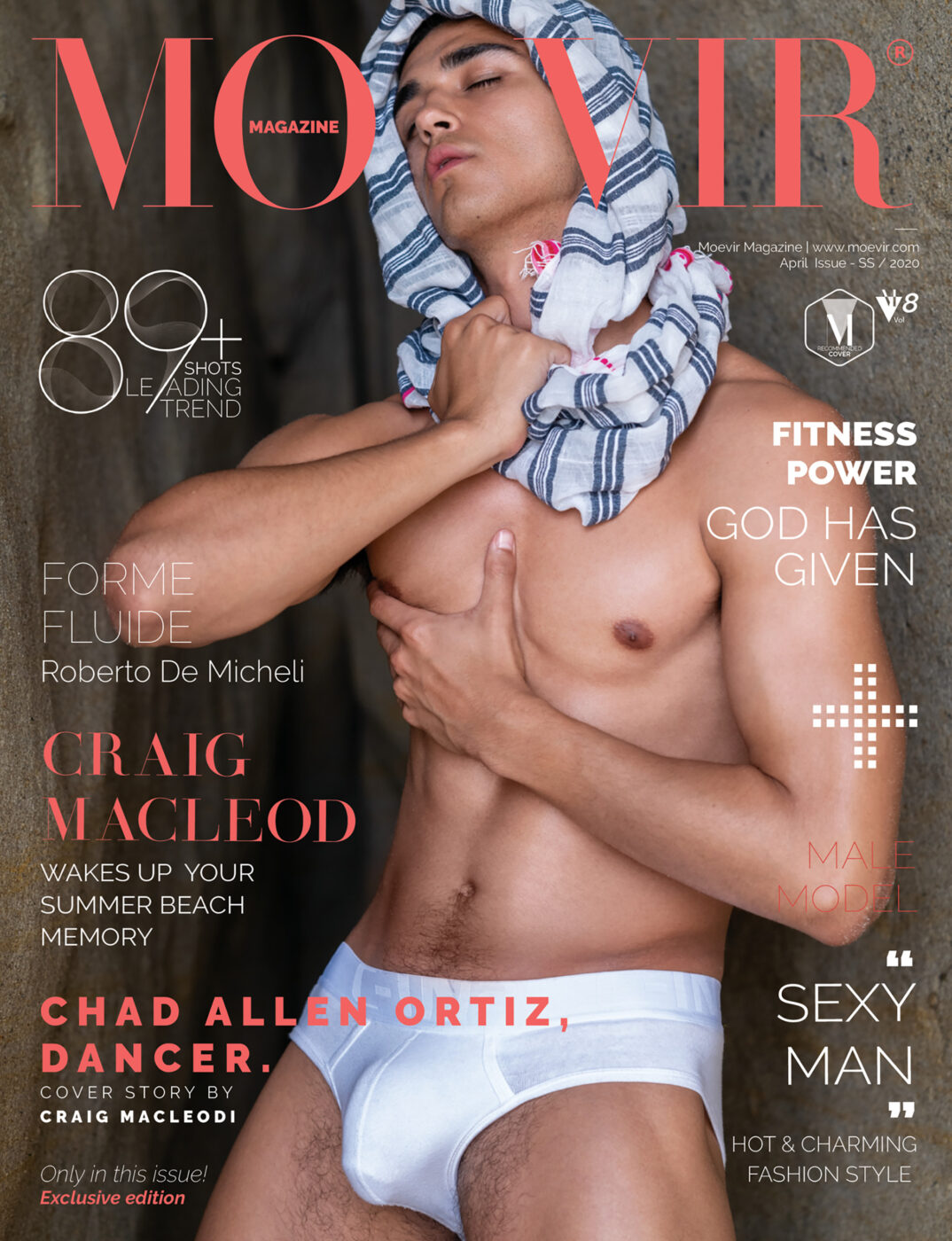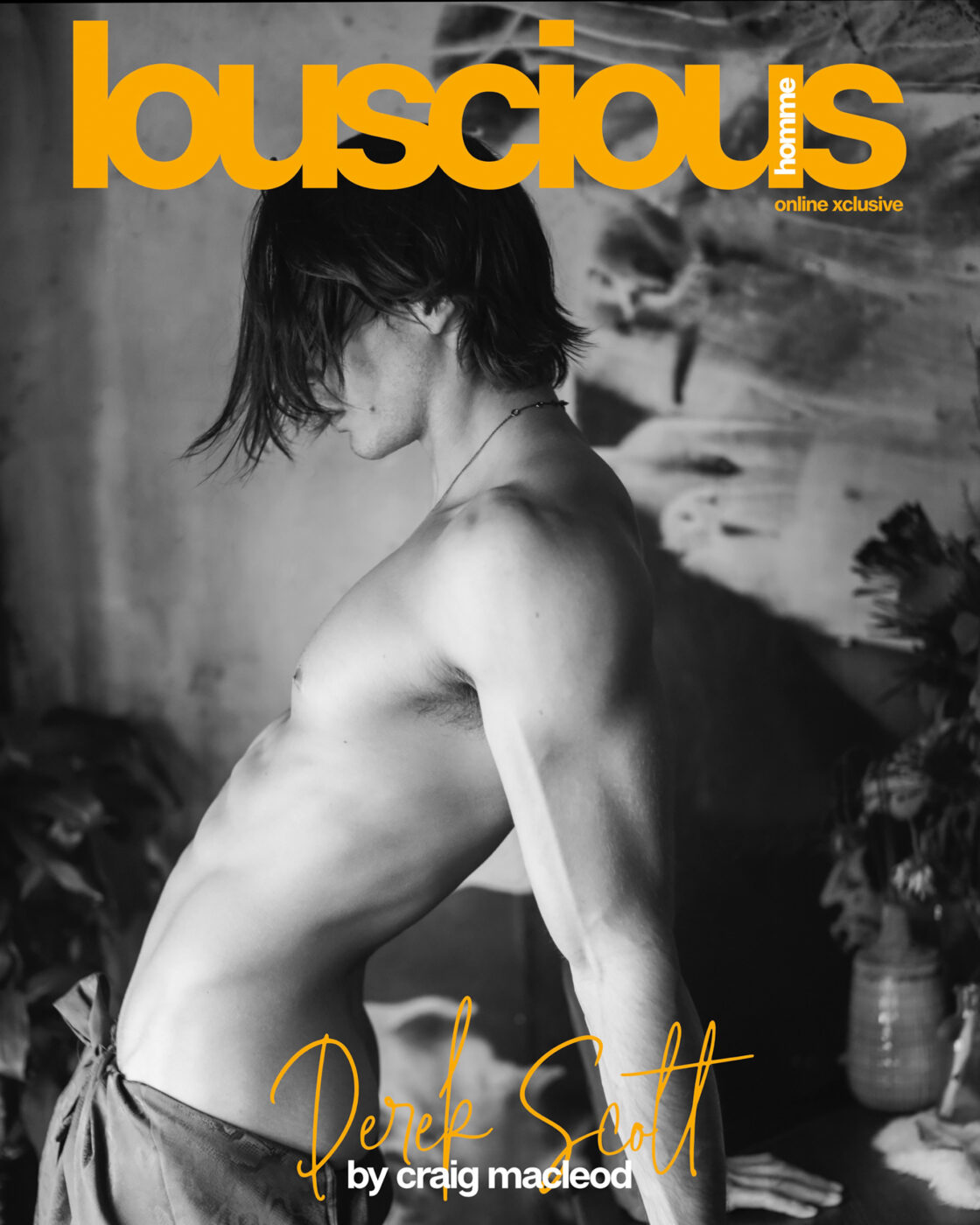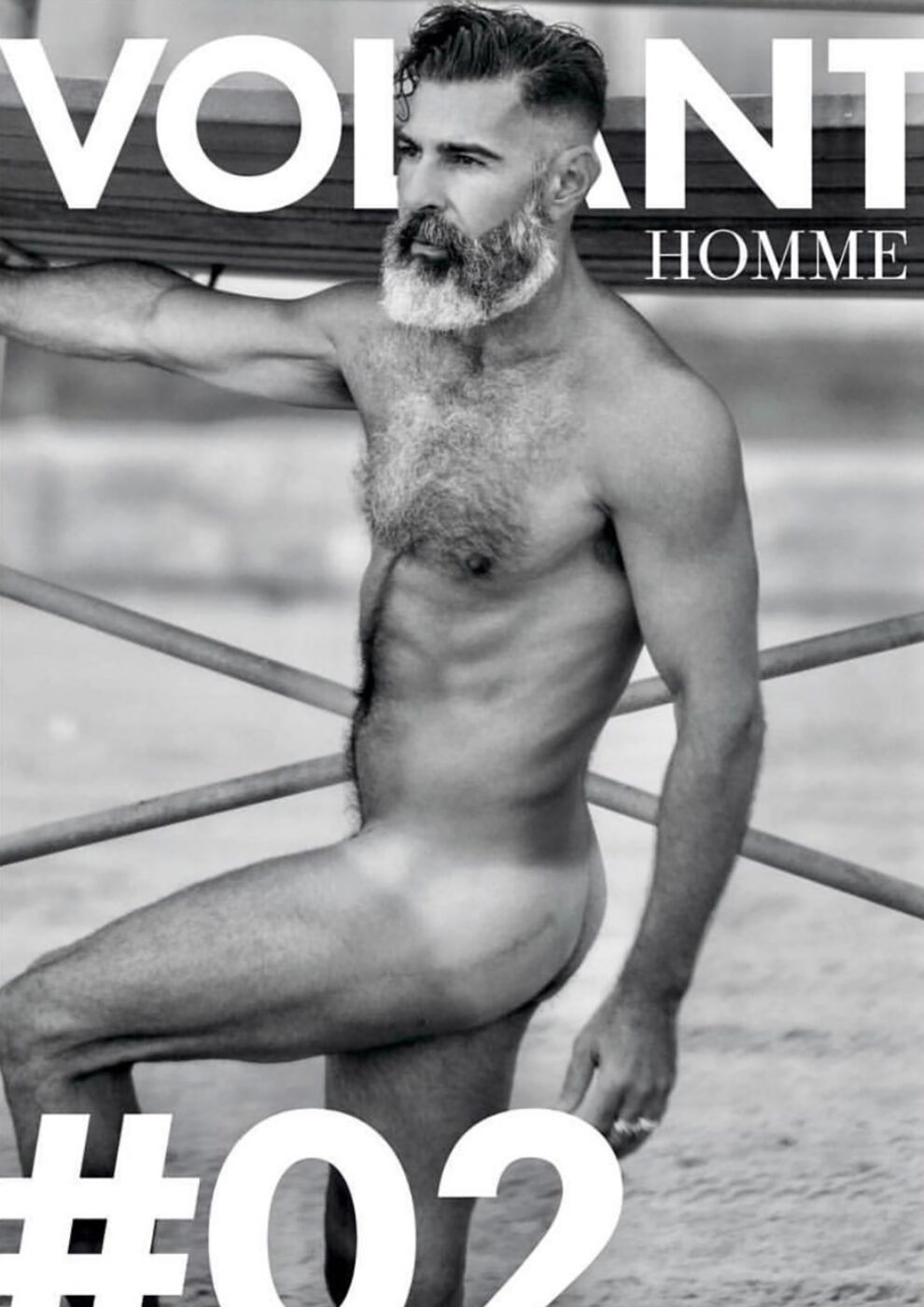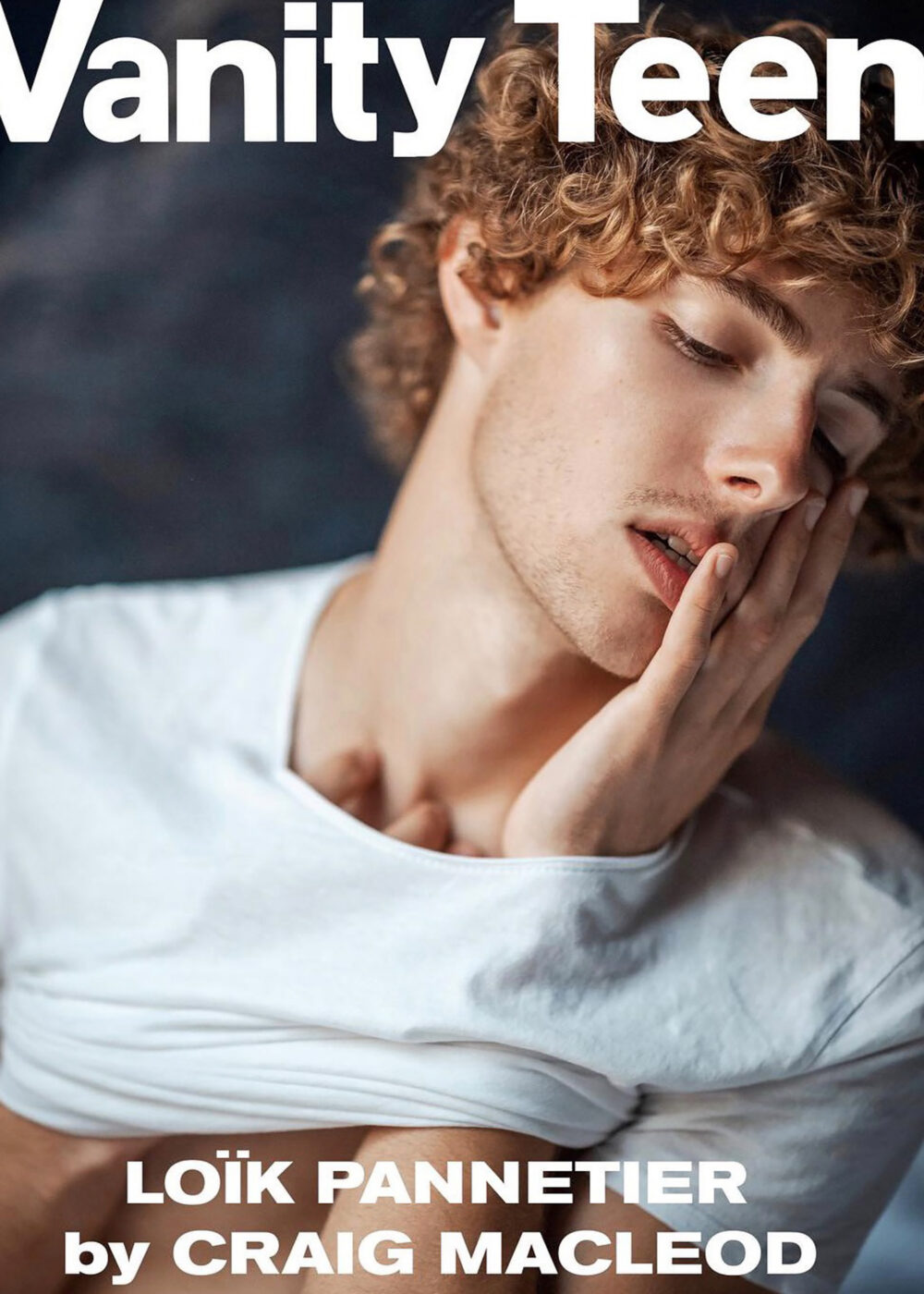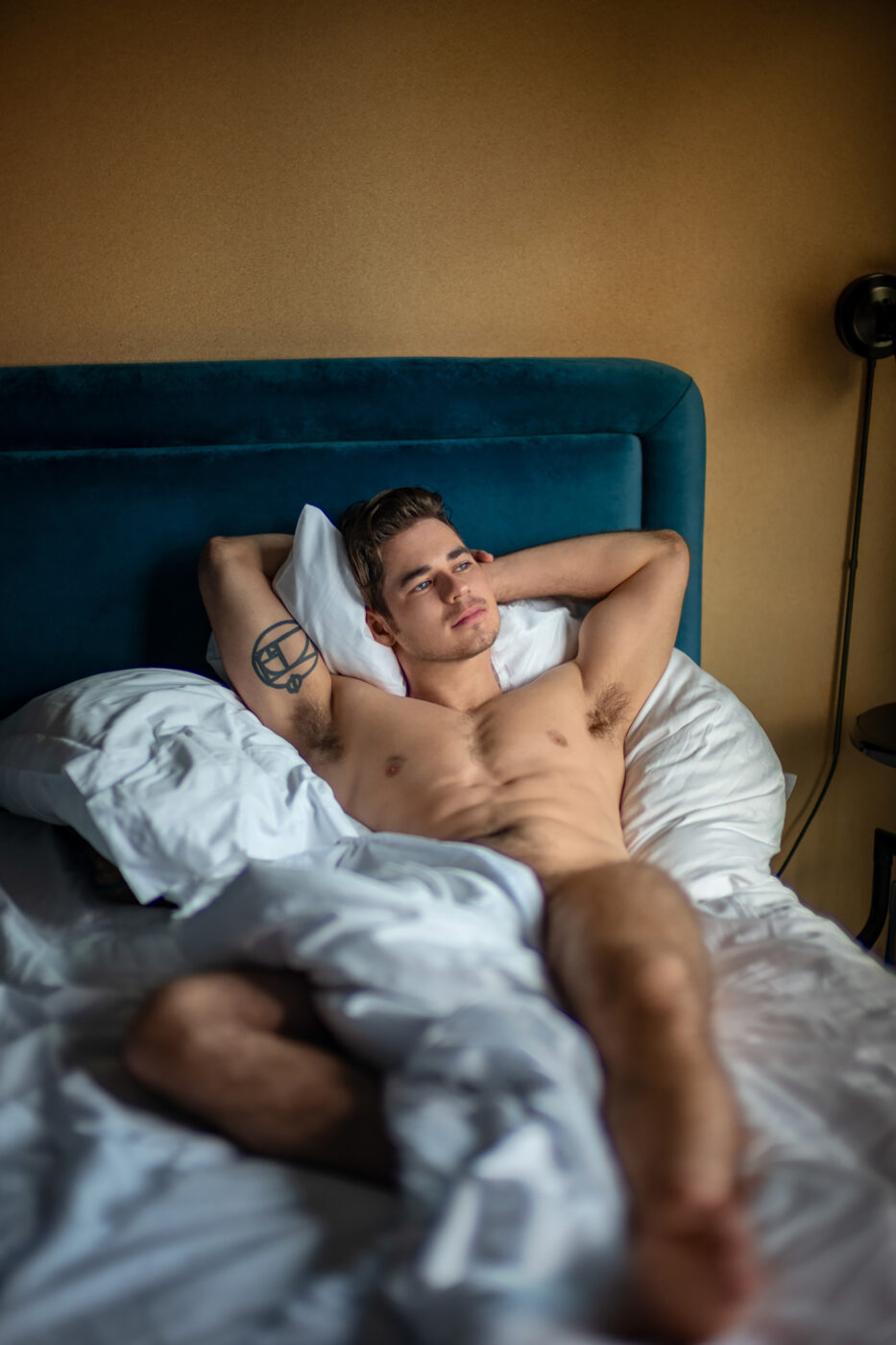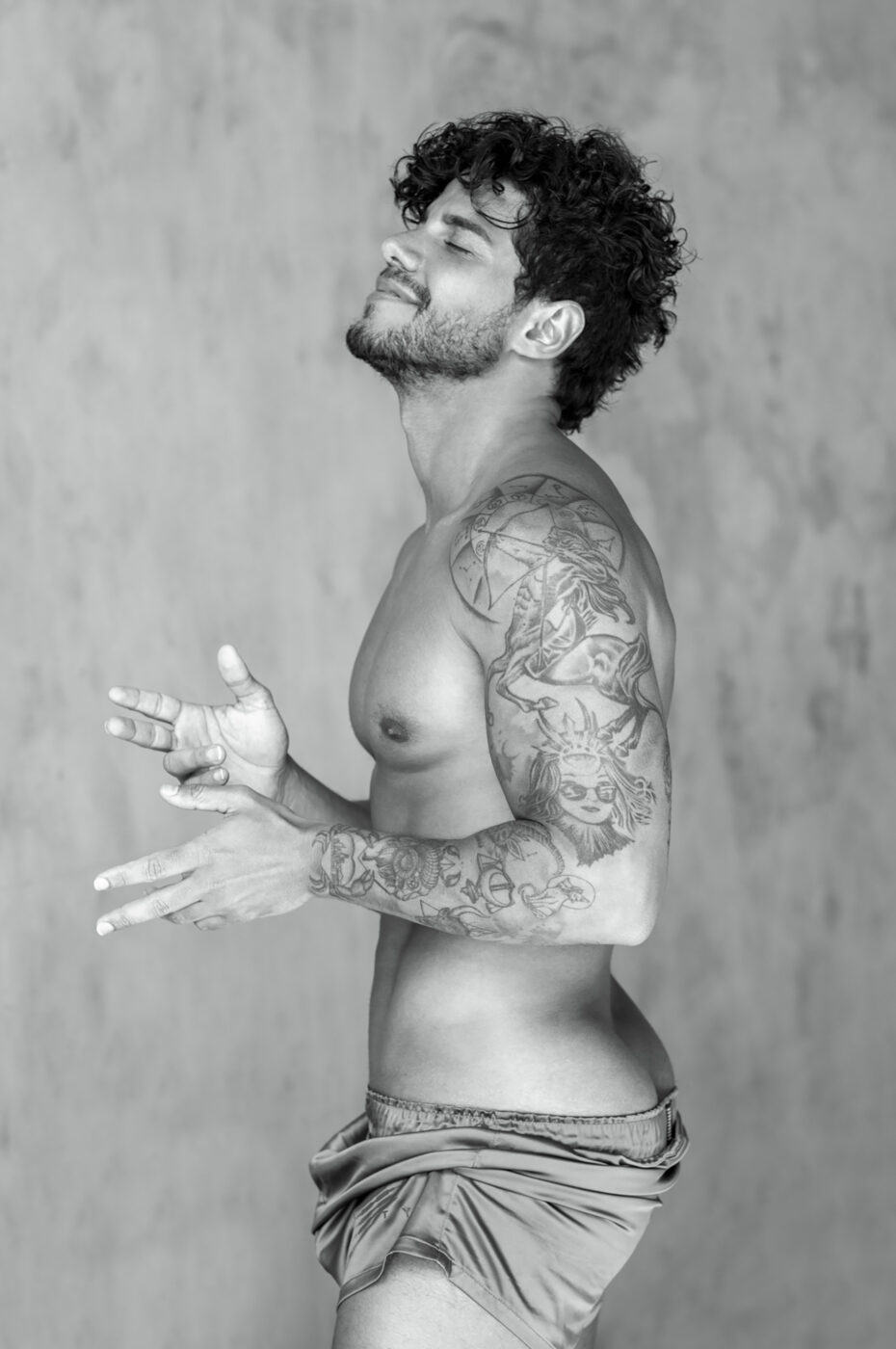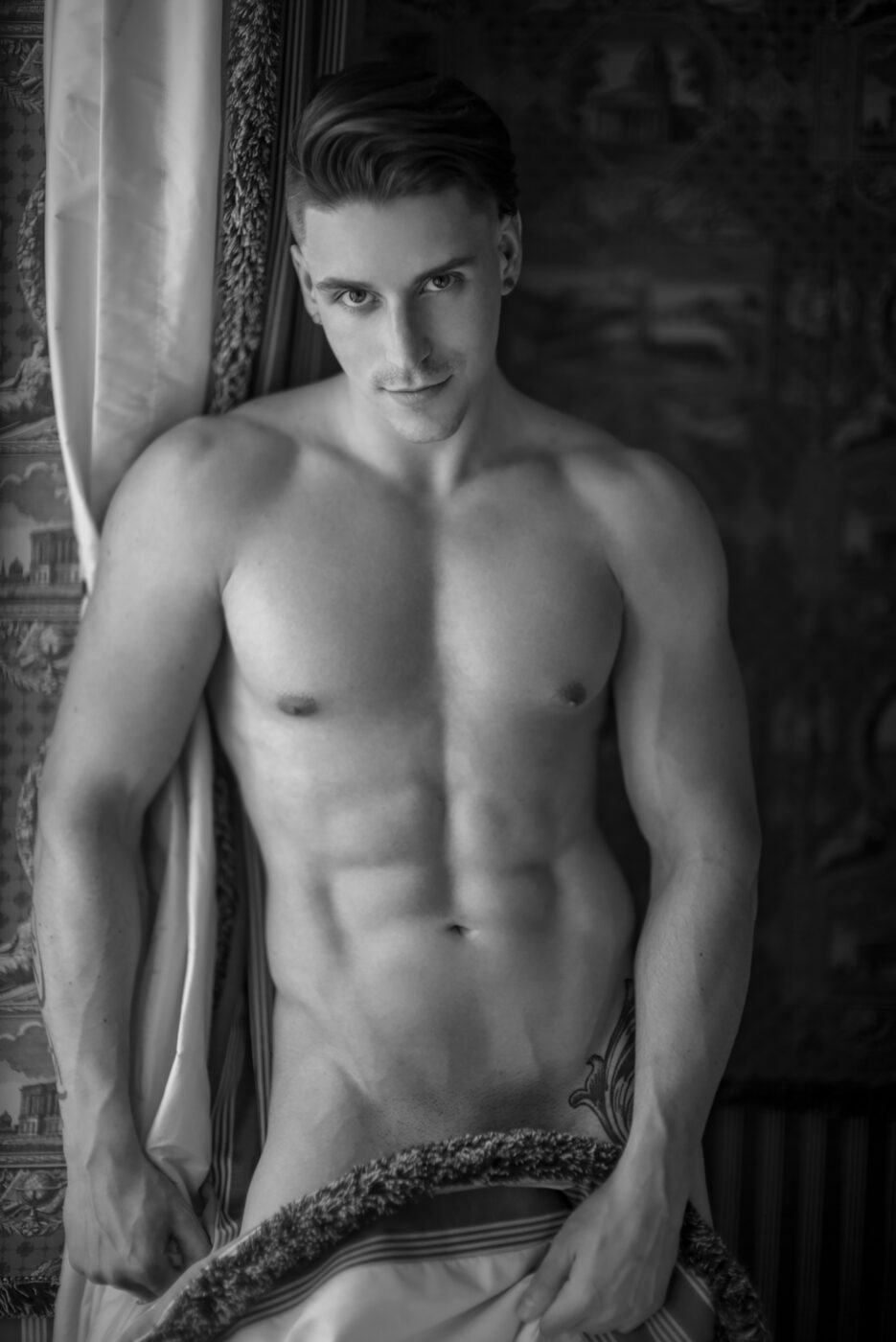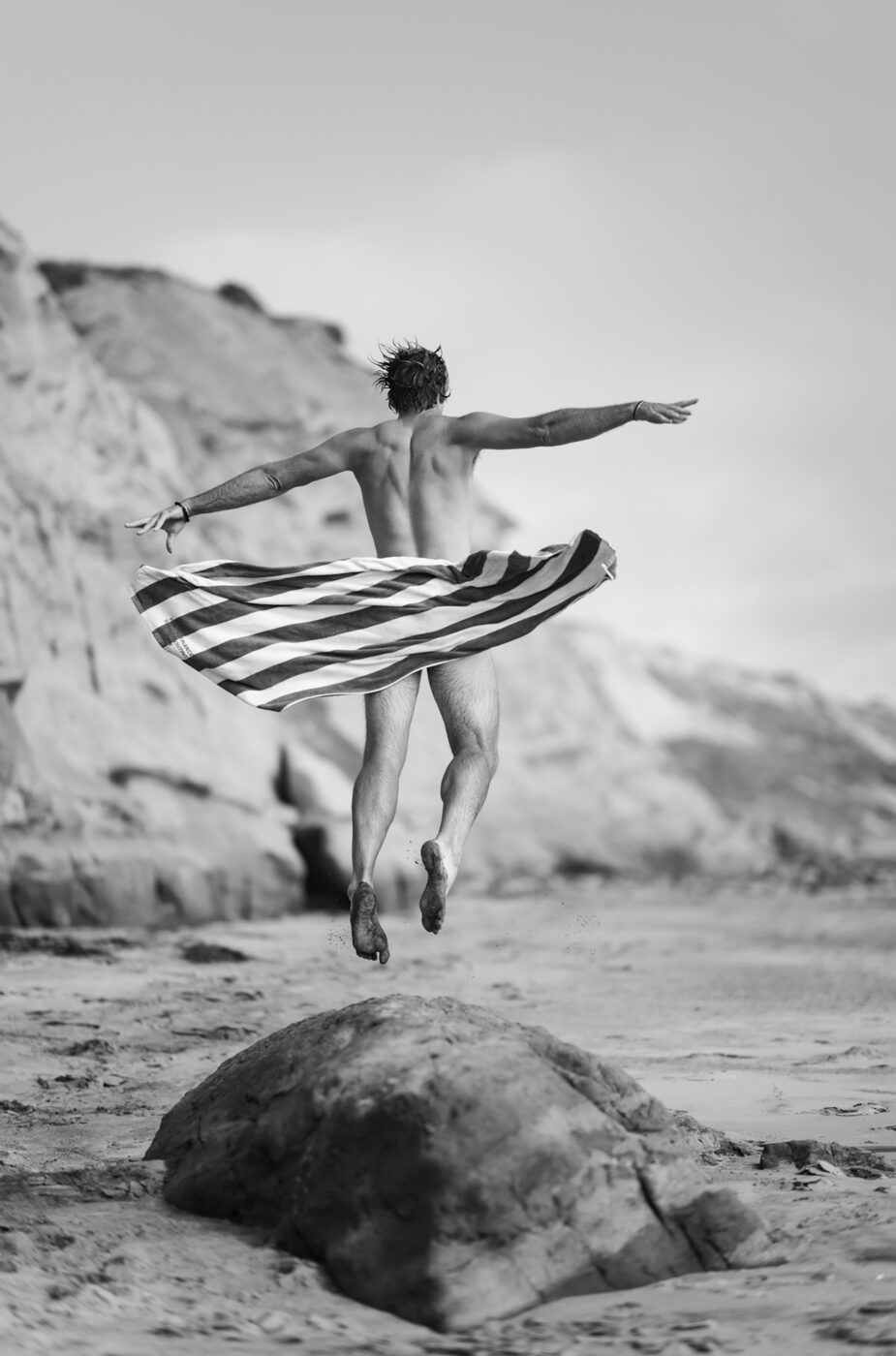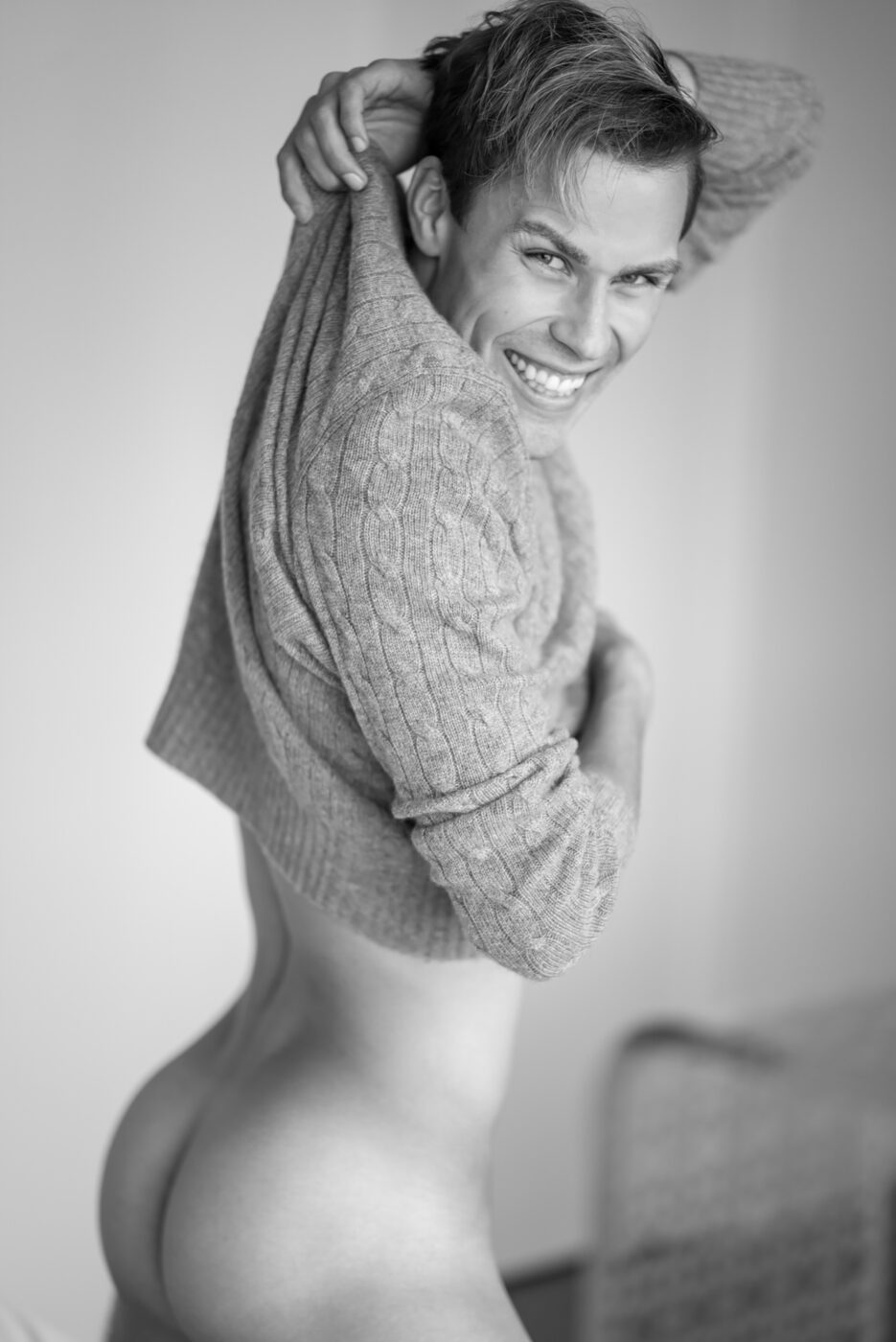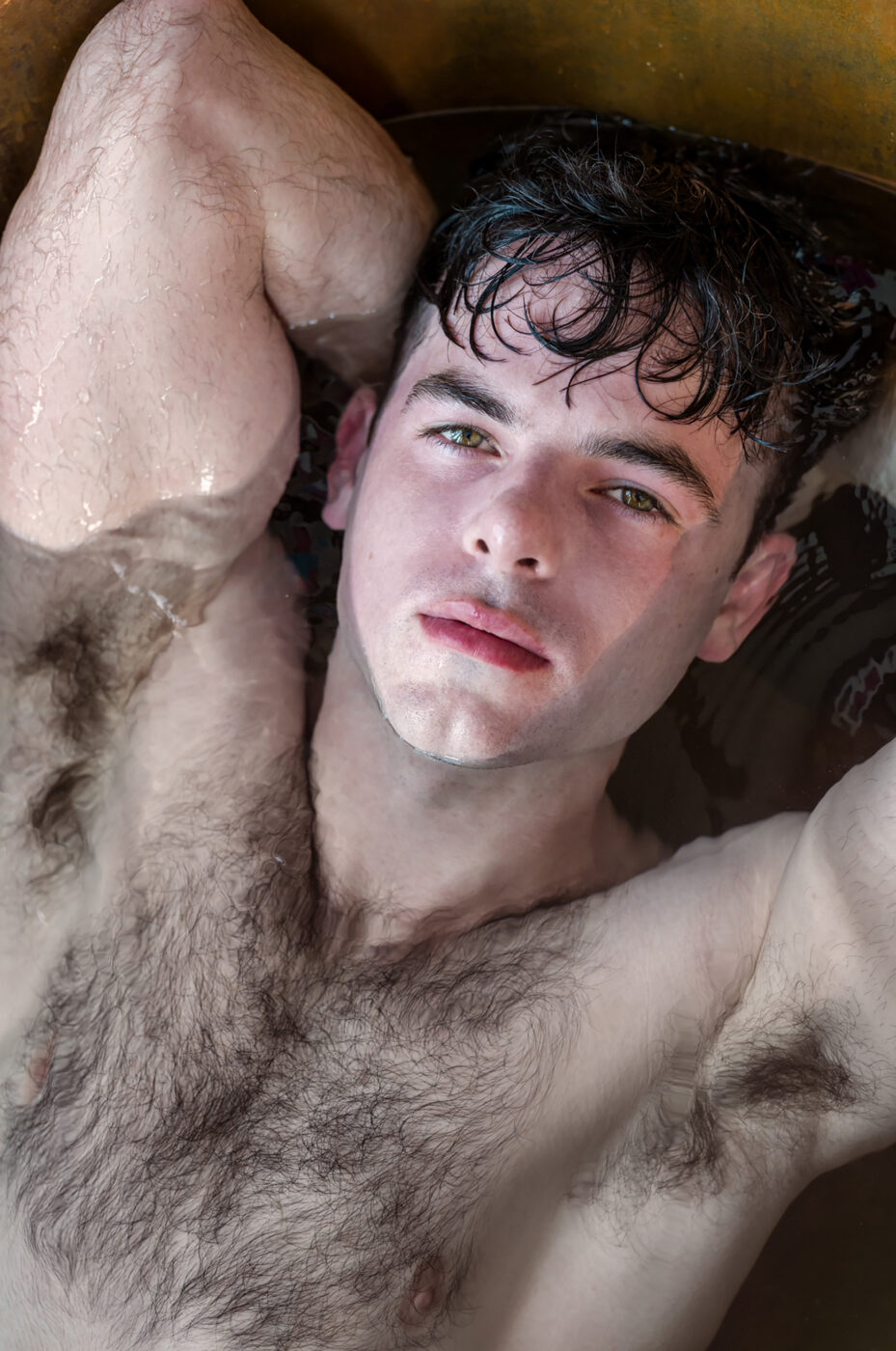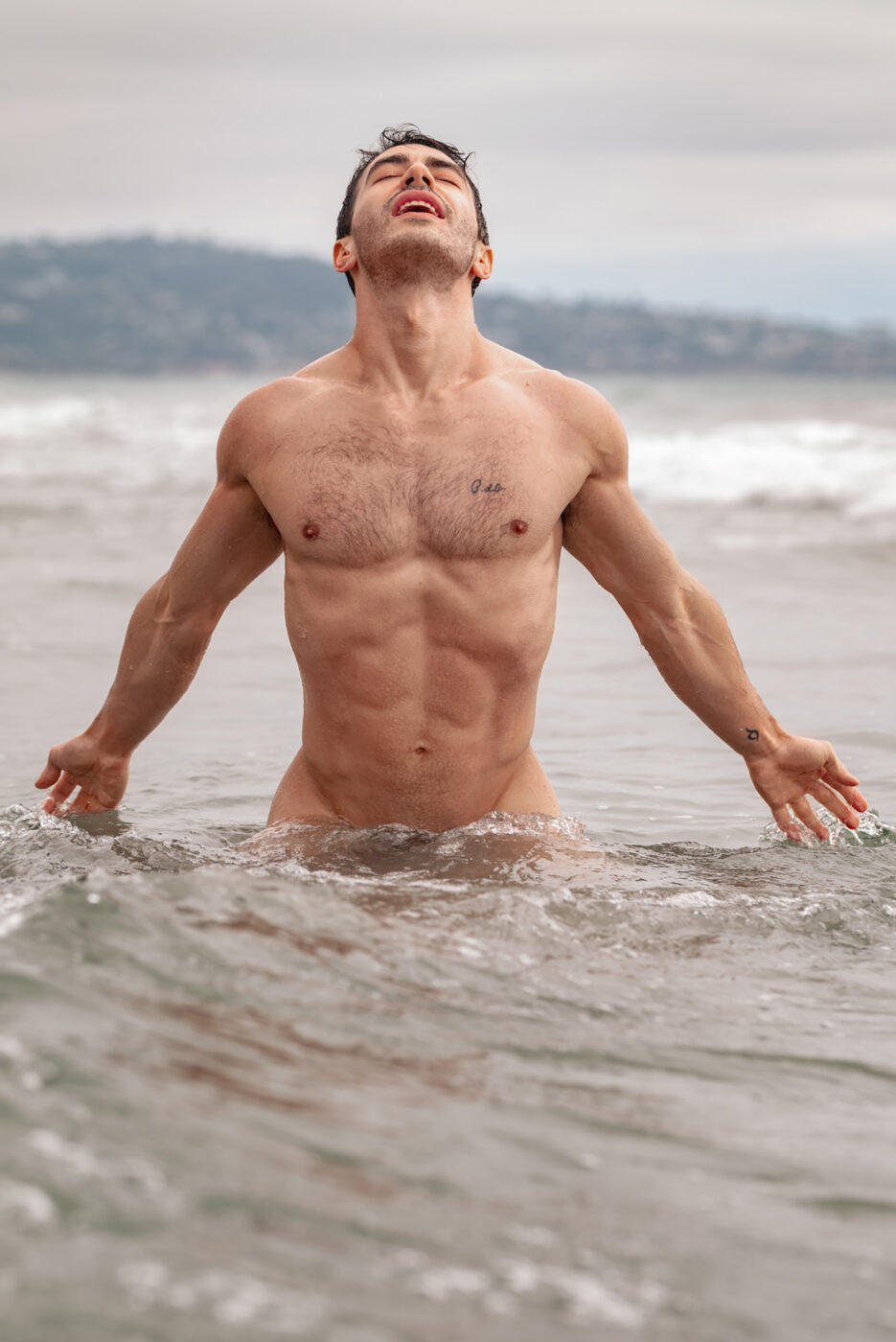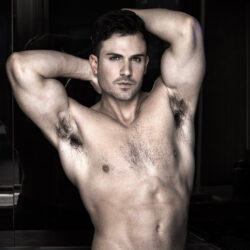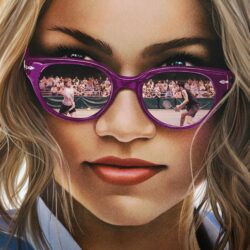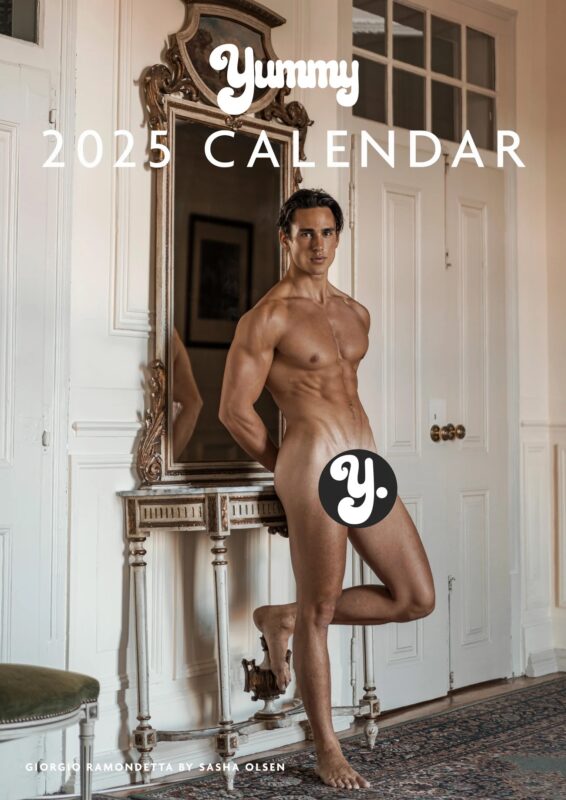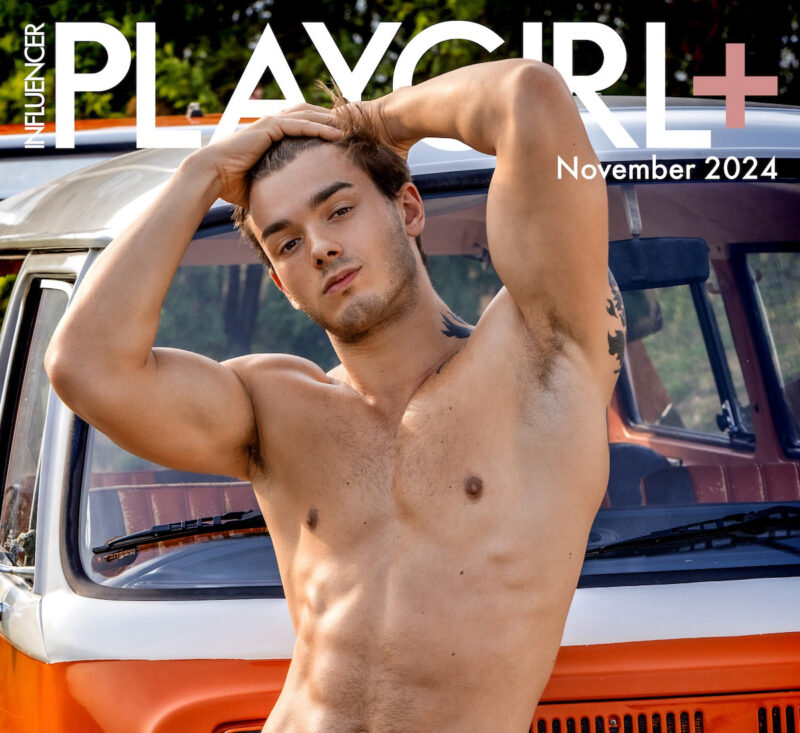Three tag lines on his website encapsulate Craig Macleod’s aesthetic better than any bio could: “Wet wet wet” and “Life’s a Beach” tell us of his love for water and the outdoors; “Movement creates more movement” of his quest for authenticity. We sat down with this multi-talented Scotsman for an exclusive interview.
How did you get started with photography and why?
I moved from Scotland to Southern California in July 2014 and lived there until 2021. Prior to that move, I was a commercial lawyer working in both Scotland and England. I’ve always had a passion for photography and used it as a way to stay creative whilst in my legal career.
During the last two years as a practicing lawyer, I worked away from home in Manchester, England, for 4 days a week and to fill up my evenings took up boxing —very “fight club,” as sometimes the training was in underground carparks—and I started to photograph the other boxers.
When I moved to the US, I decided I was going to focus on my photography. My lucky break was during my first week there: my Mortgage Advisor turned out to be running a local film festival and I got a gig photographing that festival. I photographed many other events and at these events I was meeting fitness people, actors, musicians and dancers: I started hanging out and photographing them. Their friends would see the photos and wanted to get photographed too. Then I joined Instagram in 2015, began posting some of my recent photos and people would get in touch.
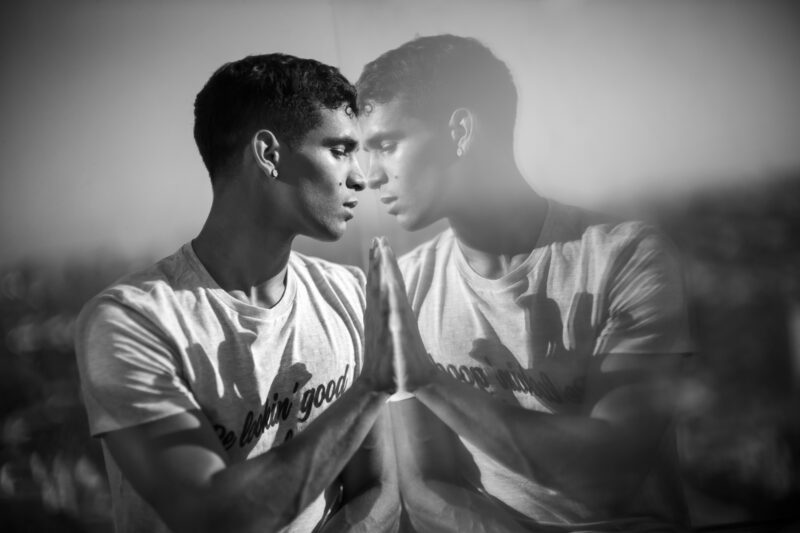
Photo courtesy @macleodimages
You’ve worked mostly (but not exclusively) on the male form. What attracts you to it and what do you aim to capture on film?
When I arrived in the US, I attended a number of photography workshops and took portfolio reviews in Palm Springs, Los Angeles and San Diego: I’m always keen to learn something new. I showed the reviewers my photos of the boxers and was told I photographed these men differently: with a softness and beauty, but also with strength. It was suggested that as most photographers shoot women, I should concentrate on men.
Contrary to most photographers working with male nudes, your subjects—more often than not—aren’t professional models. They’re musicians, performers, ‘regular’ folks
Yes, when I moved to California, I was starting fresh and meeting new people, often at the events I mentioned. Although I do photograph models and enjoy it, there is something exciting about capturing an element of someone’s personality that links into their career in the arts. Also, I can’t sing nor dance, so I’m in awe of people who can!
Tell us about your artistic journey and your aesthetic(s): are there chapters, stages, phases we can identify?
Growing up the 1980s I was obsessed with the UK style magazines such as The Face, Arena, ID and Blitz and those early big-production music videos. I’m not interested in making gritty photography, but in beautiful and elegant images—like I remember from this period.
In 2014 I visited the Leica Store in Los Angeles and bought a Monochrom camera that had just been released—a unique digital camera that shoots only in black and white. I was hooked and now shoot only with Leica cameras due to their unobstructive nature. Because the cameras are smaller than other brands, I find they are not a barrier between myself and the subject. I prefer shooting in available light to keep everything simple.
A few milestones: November 2016, my first magazine cover for NYC based Fantastics Magazine featuring Rudy Bundini @rudibundini—Rudy is a former boxing heavyweight champion and has modeled for Versace, Armani and Calvin Klein. He has that aura of supreme confidence and looks exactly like you imagine a male supermodel to look. I was nervous meeting him, as I had little experience at that stage, but from the start, he put me at ease and could not have been nicer. As we were meeting late in the afternoon, I took my Leica Monochrom with me—black and white is easier in low light.
In 2017 I had my first photography exhibit in Chicago featuring the dancer Christian Denice. It was the first time I had any of my photographs professionally printed, which was an education in itself.
In December 2018 I had an allergic reaction to a prescribed drug. I was in intensive care for a week. However, the recovery process was long and my energy came back 9 months afterwards. I had a period of time where I couldn’t shoot—good practice for lockdown! I think that the combined periods of not working from being ill and then the lockdown benefitted my work: I am keen now to make the absolute best use of my time. I think it also encouraged me to move back to Scotland and reconnect with home.
Currently I split my time shooting in the UK, Europe and make regular trips back to Los Angeles and New York.
- Photo courtesy @macleodimages
- Photo courtesy @macleodimages
- Photo courtesy @macleodimages
- Photo courtesy @macleodimages
You are no doubt eclectic —styles and themes vary greatly and capture the very essence of the model you portray. Is there a Macleod technique though? It’s obvious you favor natural light and avoid studio settings.
My technique is a camera and available light with mood in mind, rather than what things look like. I want the photo to have something that invites the viewer to imagine a narrative—like a scene from a movie, a moment in time, but without knowing what has happened before and afterwards.
I’m obsessed with water’s energy—maybe it has something to do with being a swimmer—and in my nude photography I nearly always add the element of water, be it the ocean, a swimming pool, a shower, a bath or even an ice cube! I find the interplay of a body with water fascinating. Also, we often dream in a bath or shower or at the beach. That’s why I shoot often in hotels and at the beach: these locations have a tranquility that that is seldom found in a busy photography studio.
Who are the photographers who have influenced you the most—and especially the photographers who worked on the male form?
Mark DePaola. He’s shot numerous Vogue covers with his Leica cameras using the same method as me: wide open lens, existing light, no flash. He gave me a reportage opportunity of behind the scenes at New York Fashion Week. And although he shoots mainly women, he is a huge influence.
Early references are critical to me—whilst studying the History of Photography at the University of California, San Diego, I became particularly drawn to the works of Julia Margaret Cameron, Edward Weston, Paul Strand, Irving Penn and Richard Avedon. These people made beautiful, timeless photos.
Among the photographers who shoot mainly men, I admire Herb Ritts and Bruce Weber. I’m such an 80s man!
- Photo courtesy @macleodimages
- Photo courtesy @macleodimages
- Photo courtesy @macleodimages
- Photo courtesy @macleodimages
- Photo courtesy @macleodimages
- Photo courtesy @macleodimages
- Photo courtesy @macleodimages
- Photo courtesy @macleodimages
- Photo courtesy @macleodimages

